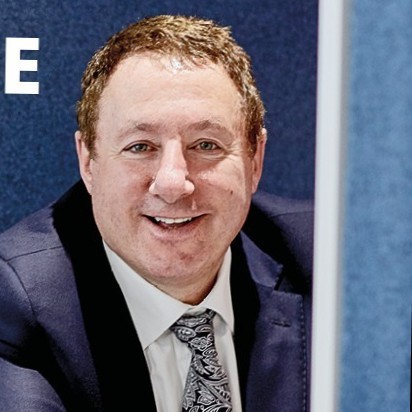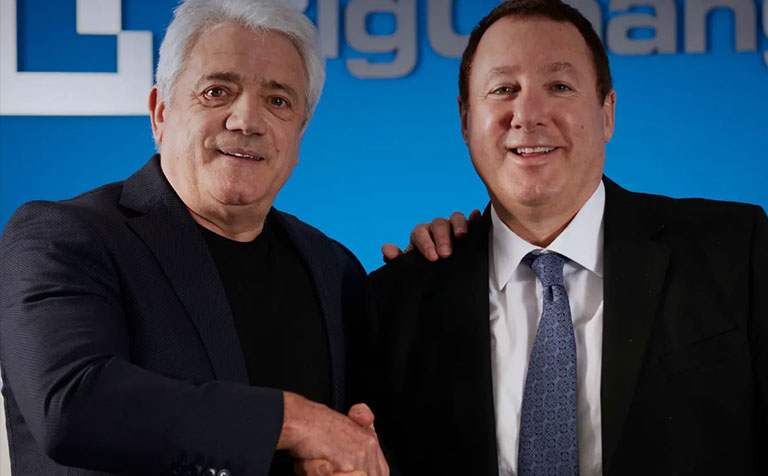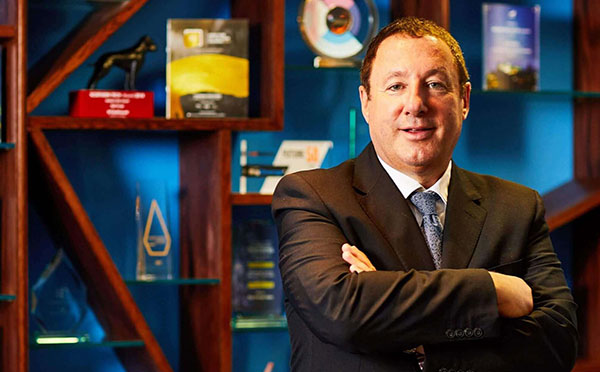Leaders: don’t be taken in by the sunk cost fallacy

There have been times in my life when I have spent a chunk of change on a project, only to realise that I’ve bought the wrong technology or gone down a blind alley. The temptation was to keep on investing, keep trying to make it work, even though I knew that it was the wrong solution.
Sunk costs are always hard to stomach but they are often a vital – if expensive – route to a better solution.
If you’re lucky enough to be unfamiliar with the term “sunk costs”, they refer to the investments we have already made, be they financial, or in terms of time or resource that cannot be recovered.
I once invested £1m into a new technology before realising it was a poor fit for my needs. That’s a huge outlay. But the losses would have been far greater if I had continued to back that horse, so I took the £1m hit.
In the past, I have paid eye-watering sums for senior hires that didn’t work out. They promised so much and delivered too little. Expensive as it was to part company, keeping them in the business would have been even more costly.
And then there was the time, during the early days of BigChange, when I invested more than £200,000 in a new hardware solution before realising that Samsung tablets had all the features I needed and more. Guess what I did? That’s right, I chalked that loss up to experience (again).
You might think I’ve been unlucky, or made some bad decisions, but the truth is that sometimes we entrepreneurs have to try out a few different things before we find the perfect solution.
The sunk cost fallacy is problematic because it creates a kind of cognitive bias. Our brains desperately cling on to the hope that our investment will bear fruit. We hate admitting we are wrong. We hate wasting time and money. This is why few finance directors make good chief executives; they struggle to walk away from bad investments.
I often hear about sunk costs from prospective BigChange customers. “We spent x on this platform and it’s not working for us, and we’ve already wasted six months on the integration.” When they make the switch, the next time we speak, they say: “We are so lucky we cancelled when we did, otherwise the costs would have spiralled out of control.” That is the entrepreneurial mindset at its best.
It’s really important that we leaders make decisions based on the facts in front of us right now. We need to ignore the investments and decisions we have made in the past. Yesterday’s data will never be as valuable as today’s. In this agile, dynamic world we live in, we must change course and adapt as challenges and needs evolve.
This means being unemotional in our decision-making. This can be hard when we have invested hundreds of man hours, or our own capital, in a scheme. I like to think of myself as unsentimental, but I too can struggle when I look back over all the lost Sundays and weekday evenings labouring over a defunct solution.
Sunk costs are the Ugly Sisters in every entrepreneur’s Cinderella story. You, Prince Charming, must squeeze that glass slipper on a few feet before finding your one true love. Never stop until the slipper fits.



